Messerchmitt Bf-109 at Gulbarga
| Seeing is believing! The unmistakable Nazi Cross on tail and the black cross on the fuselage shows the lineage of this aircraft, a Messerchmitt 109E which was found in Gulbarga, Karnataka. Photo: A A Laxman |
Wait! did i read that right? Did it say “Messerchmitt”? MESSERCHMITT? As in WW2- German , As in Dr. Willi MESSERCHMITT? Is that a Swastika that I am seeing in that photo? My God! It is!
One of the unofficial features of the site was what I termed as a “Warbird discovery of the year” award. This was basically to signify the discovery of a hitherto unreported vintage aircraft of importance. In the year 2001, the ‘Award’ went to a gentleman who reported the derelict airframe of a Percival Prentice in Chennai. The Prentice was the only known example still surviving in India outside the Indian Air Force Museum. For the year 2002, I had only one nomination going on , A Firefly was reported to be on its way to restoration and display at INS Hansa in Goa. The decision was almost taken to appoint the Firefly as the ‘Warbird discovery of the year’ when one fine day in May, I received an email from Laxman Anataramu.
Laxman, I knew was a scientist working in the Aerospace Industry. He was a vintage aircraft enthusiast and also an Aviation History enthusiast. We had started our correspondence about an year back and we never had an opportunity to meet, though we had exchanged detailed notes on various aspects. Laxmans mailed started out as thus:
“My dear Jagan
I have a photograph with me that will blow your mind. I am sure I will get the ‘Warbird discovery of the year’ , maybe the Warbird Discovery award of the decade? . Please take a look at the photograph and tell me you are interested in it
Regards
Laxman AA”
One look at the attached JPEG knocked me off my chair. In front of me on the monitor was not the Dakota I was expecting Laxman to send, but a rare second world war warbird that boggles one mind on how it got there. The classic lines of the german fighter were unmistakable. The Black Nazi crosses and swastika on the tail were faded but still clearly discernable. It was a Messerschmitt Bf-109!
Since I had Laxman’s number I promptly put in a long distance telephone call. I was excited as hell, and Laxman seemed to enjoy my giddiness about his discovery. Where, What How, when? Were the questions that went thru our discussion. Laxman told me the following.
The story began five years back, when Laxman went for the wedding of a friend’s at a place called Gulbarga in Southern India. At the wedding, one of the local acquaintance of the friend mentioned an aircraft that was lying in their town for several years. It is displayed at the Poojya Doddappa Appa College of Engineering, and is quite dilapidated and on way to the scrap dealer. Laxman’s curiousity got aroused and he asked for help to see it.
The next day the acquaintance took him to the place and there it was! Laxman himself was knocked out and the host could barely understand why Laxman was hopping excited and screaming out of his breath “It’s a Bf-109! It’s a Bf-109!”. No one could understand his excitement or joy.
The aircraft was in a dilapidated condition, but all the parts and components were there. It was displayed with its undercarriage resting on three propped up stones. The Cockpit canopy was missing. The engine bearers had broken off and the engine was dragged to one corner and dumped. Some one had fixed a iron bracket that lashed both its main undercarriage legs together to prevent them from collapsing. The engine cowling panels were also missing.
 |
The aircraft as it was when i saw it. The Fuselage (left) was isolated and kept in between chairs and tables, with the engine (right) kept elsewhere on wooden planks and boxes. | 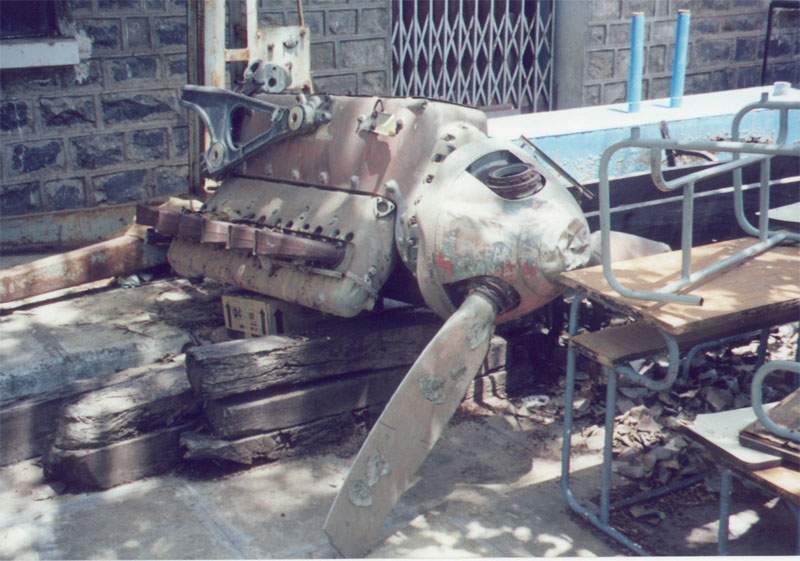 |
Laxman came back to the town once again and did some ground work. He asked the aircraft’s apparent owners — The College trustees, to sell it to him or to donate it to a body which would take care of it. At that time, there was no HAL Museum, or the Navy Museum or interests groups dedicated to vintage aircraft preservation, so the choices were limited. The owners can donate it only to the IAF Museum if they wanted or they could sell it to Laxman or any enthusiast who came their way.
The talks dragged on for a couple of years till about an year back, the Hyderabad Karnataka Education Society (HKES) said they will not part with the aircraft because 1. Its government property, it was given to the HKES by the government, to be more specific, the Gulbarga Muncipal Corporation, and it will be given back to them 2. That any restoration will be carried out by HKES themselves with volunteers. Apparently it turned out that they were misleading Laxman all along.
This created some panic with Laxman. The HKES were not related to the aviation industry and they could not do anything but botch up an attempt in trying to fix the aircraft back together. During the years, the aircraft was further stripped. The wings were removed and dumped at another place. The aircraft was dragged and dumped among some old furniture tables and benches. The engine prop and hubs were still there in another location. Someone had already stolen the main wheels from the aircraft. However the real reasons for the dismantling of the aircraft was to be known only later.
Thankfully the officer in charge of the place failed to deliver on his ‘promise’. There was no attempt to restore the aircraft or dump it. Laxman could do nothing for a year and a half. He had also lost touch and had no idea as to what happened to the aircraft.
Now after making acquaintance with me he mulled over the prospect of trying to get help from me because I knew a couple of senior IAF officers who were also vintage aircraft enthusiast. He gave me the directions and details over the phone. He was also gave me a word of caution – Don’t ask around for the aircraft, these guys were already suspicious and Laxman himself was persona non-grata there.
I made the trip to the place in the beginning of June. It was a horrible twelve hour journey by bus one way. And I must have spent less than an hour at the place. It was quite difficult to pick up the aircraft in the junk that was lying at the place, but once I saw it I was mesmerized by its presence. A Messerchmitt, In India! How was this possible? I noticed the Engine and prop hub at one place. Since I had two cameras with me, a 35mm Point and shoot and a Digital Camera that can take 1 Mega Pixel pics, I went on the job straight away. The aircraft was exactly in the state that laxman said. I used the digital camera to take the close ups of the Number imprinted on the Engine casing and also the numbers painted just before the tail assembly on the fuselage. The fuselage paintings had a Black ‘5’ that was closed to form a ‘6’ , albeit with a square top edge. So what was this? Black 5 or Black 6?
Once I got back from my photo expedition, I just could not wait to get the photos developed and scanned and sent to some important bigwigs in India. The reactions were as expected. ‘My eyes popped out when I saw the picture’ said a very senior officer in the IAF. ‘He was disbelieving’ was the reaction of another officer when he passed on the information to another senior officer.
The photographs were circulated to about 6 officers of Air Marshal Rank in the Air Force and Navy. The course of action was quite clear. First the aircraft was to be bought under the antiques act, which would prevent it to be sold outside India. (It is illegal to export Motor Cars that are more than 50 years old in India) Since it was a government establishment [The Gubarga Municpal Corporation] that owned the Me-109, it’s a matter of mere formality to procure it. If required, a retired Gnat/Kiran/Hunter/Sea Hawk can be given in exchange. The aircraft will be bought to Bangalore or Delhi. Bangalore has the advantage of having access to a huge pool of aviation fitters and riggers who also set up the HAL museum. However all the grand plans came to naught – which in itself will make a very interesting story.
How did the Aircraft end up in India? After some deliberation, the most likely explanation is that it was gifted by one of the RAF’s presentation squadrons to the Nizam of Hyderabad. The Nizam had paid for 152 and 253 Squadrons which flew and fought in the Battle of Britain. Probably this Me was one of those shot down by either of the squadrons and sent to India as a gift to be displayed to the loyal subjects of the Nizam. The fact that 152 squadron spent the latter years of the war based in India indicated a strong possibility that they might have shipped the aircraft to their sponsor. But others have indicated that the aircraft need not necessarily be one bought down by the Nizams squadrons, but one that was merely shipped here to indicate the Nizams contribution to the war. Whatever it may be, we are still looking for answers.
Lynn Ritger who runs the 109lair website studied the photographs and the history of captured Me-109 to come up with a well thought out and researched page on this aircraft’s history. The page can be seen at 109 Lair at Hobbyvista
Where is the aircraft now? However it turns out that we were not alone in our discovery. A particular gentleman from Bangalore had made an exchange offer to HKES where it was and the aircraft in question was promptly transported. Last known, it is on its way to UK for restoration to fly.
Several people has asked a question “How is relevant to Indian Aviation ? It has not served with the IAF or by any civilian organization. What has it got to do with India?”. It should be noted that there is a Japanese Yokosuka Okha on display at the IAF Museum in Delhi. Neither is the Okha related to Indian Aviation , but it is there, to give a taste of aviation heritage to the average Indian. The Messerschmitt will also fulfill the same role. Besides, it will also give a glimpse of the opposition faced by several Indian Pilots who flew with RAF Fighter Command and the 2 TAF during the years 1941-44 when they were deputed to the United Kingdom. But alas, now it will be a long time since an indian aviation enthusiast can actually see an axis aircraft without travelling overseas.
More Photographs:
| Fuselage Photographs | ||
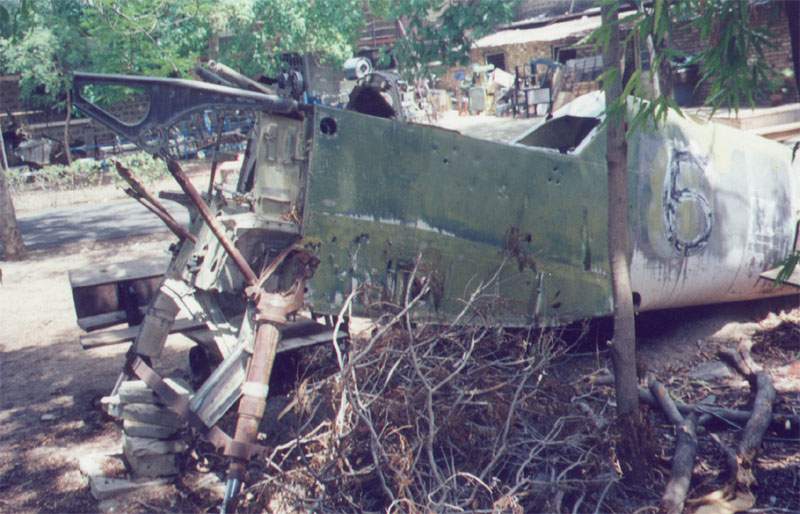 |
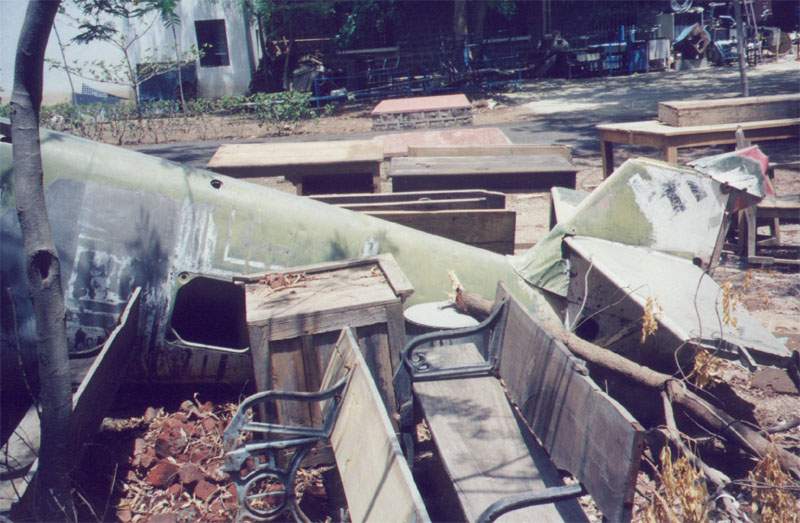 |
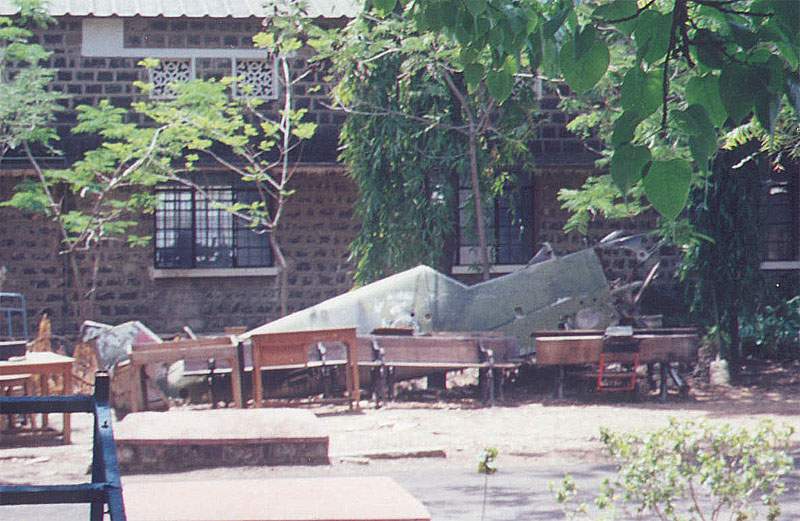 |
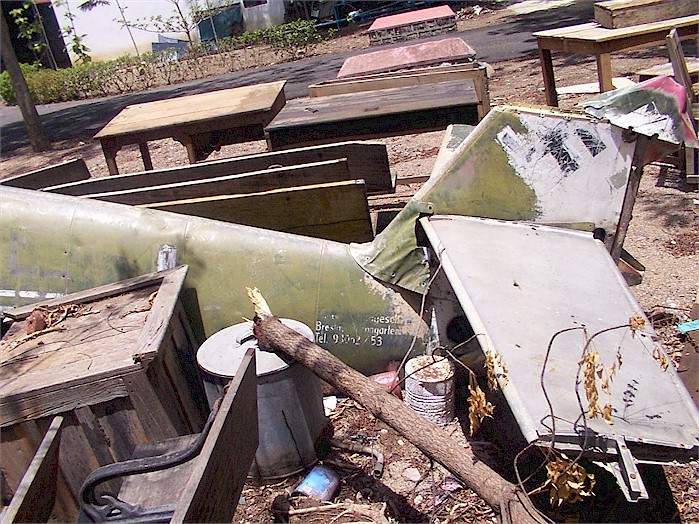 |
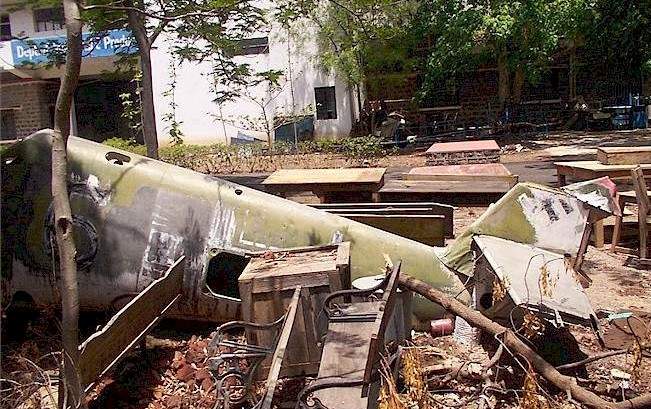 |
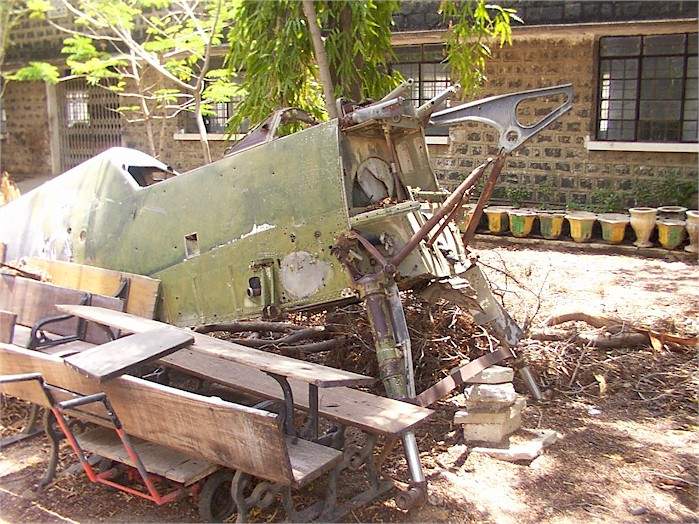 |
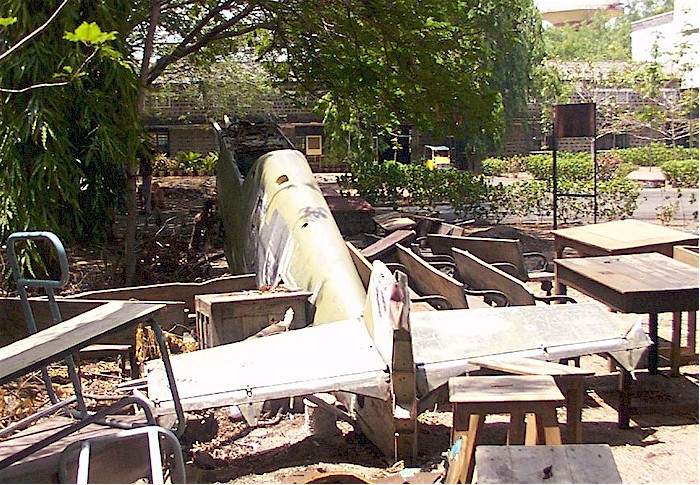 |
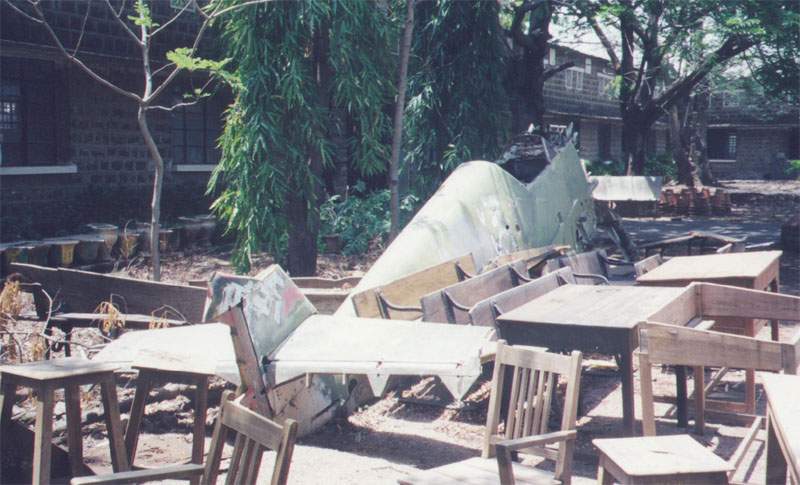 |
 |
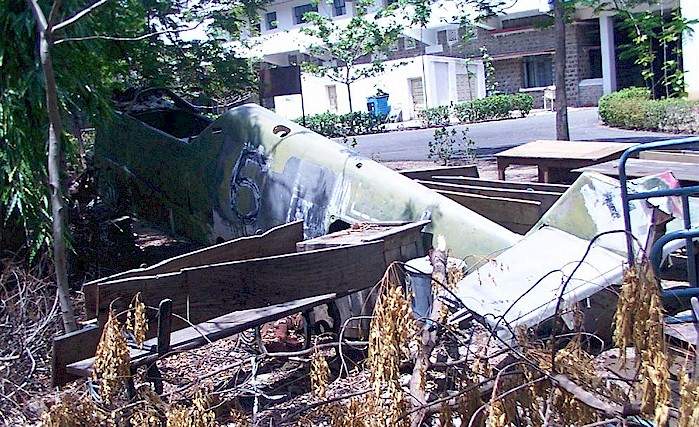 |
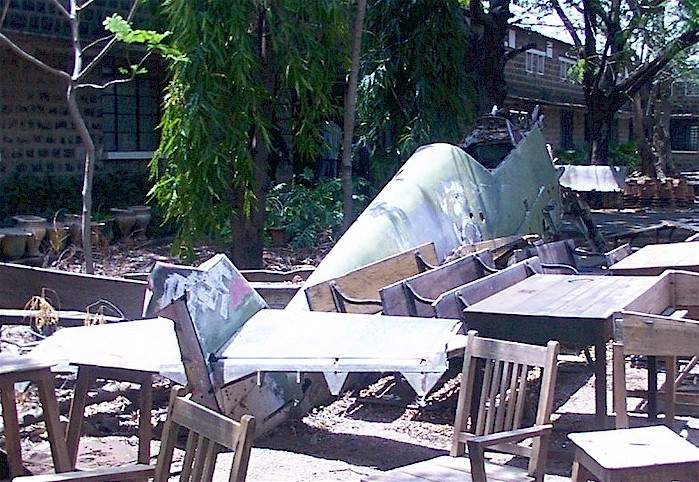 |
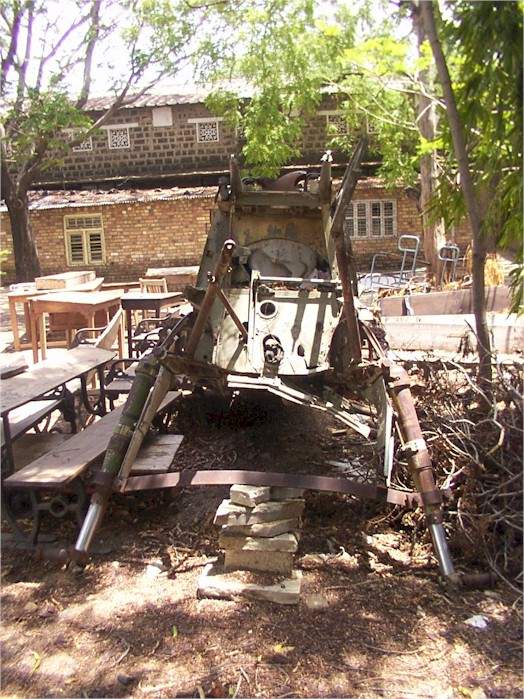 |
| Engine Photographs | ||
 |
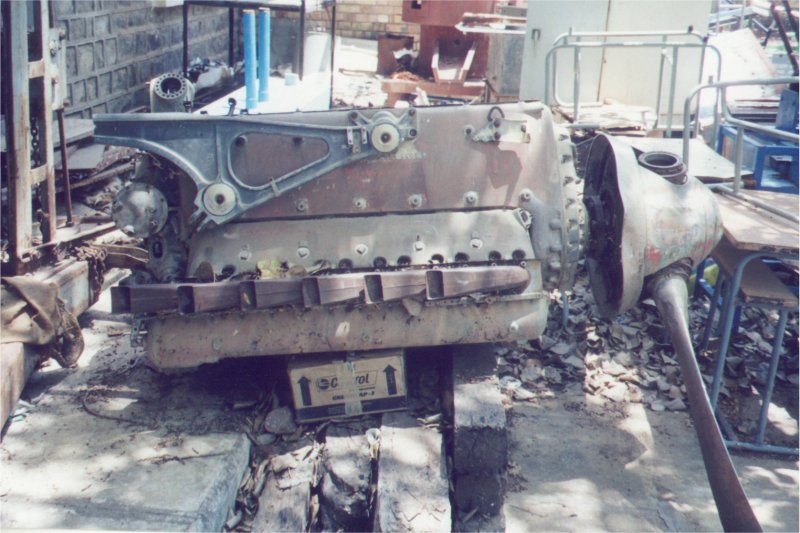 |
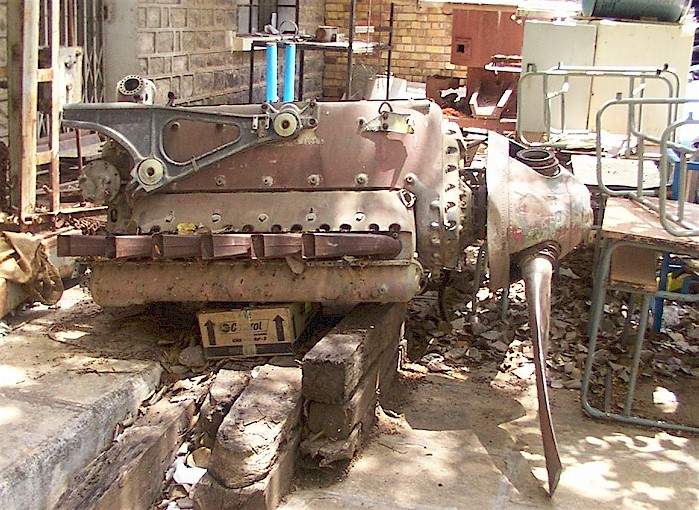 |
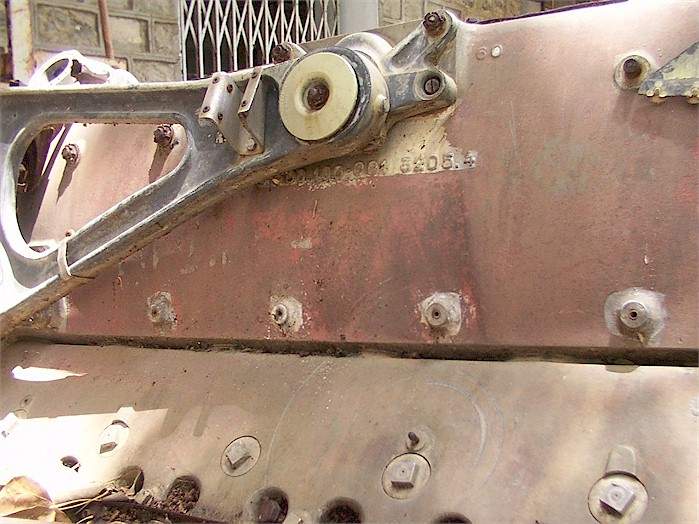 |
 |
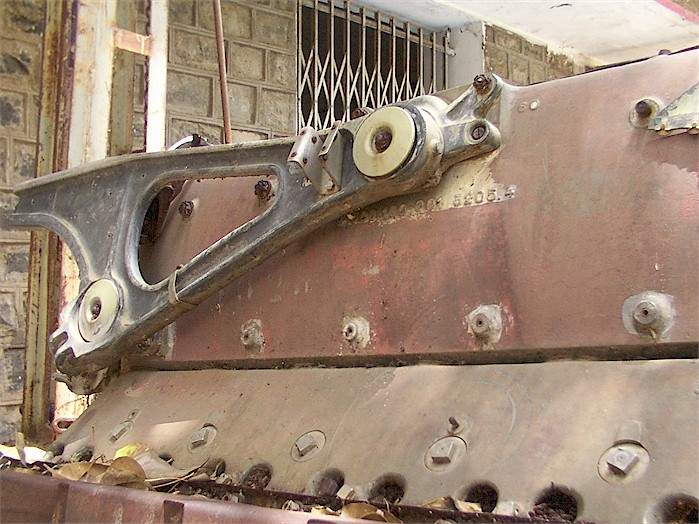 |
